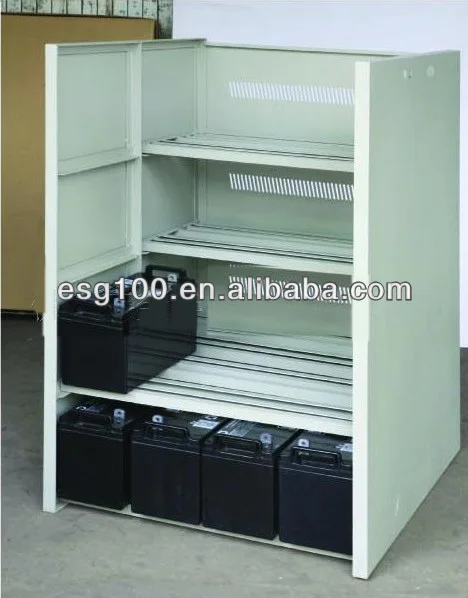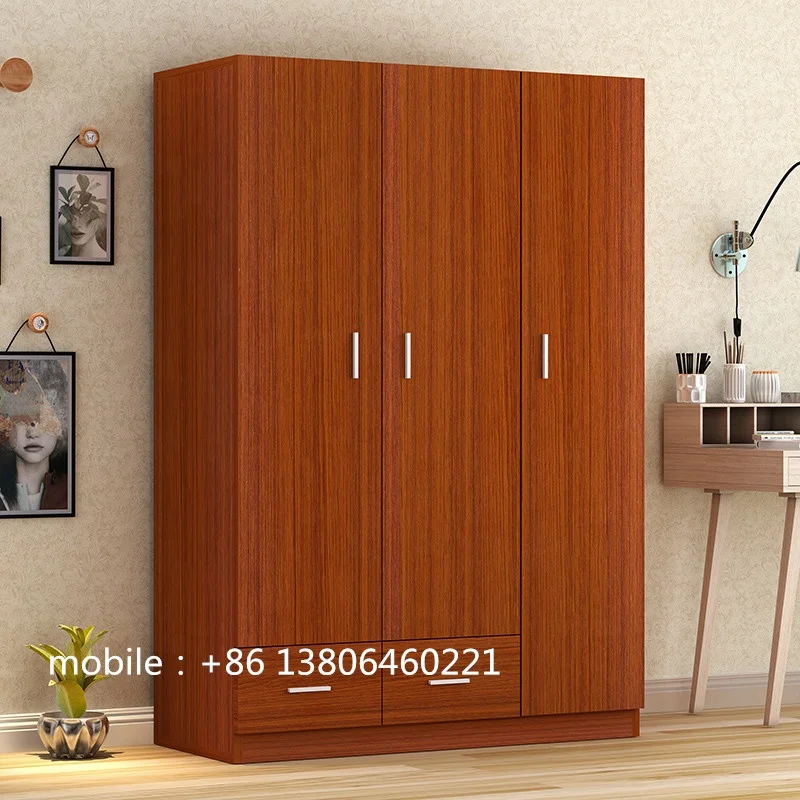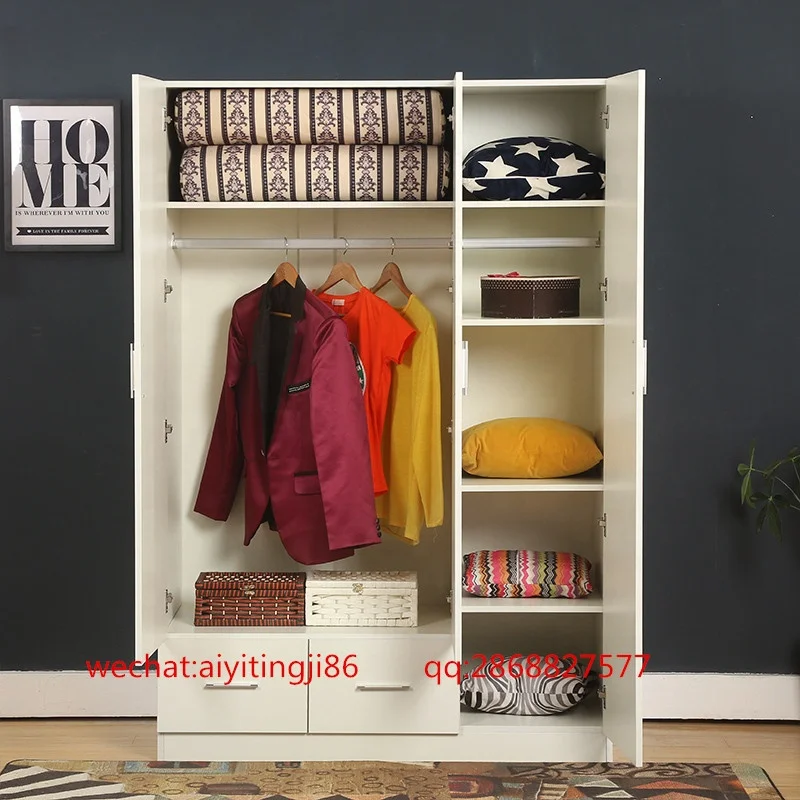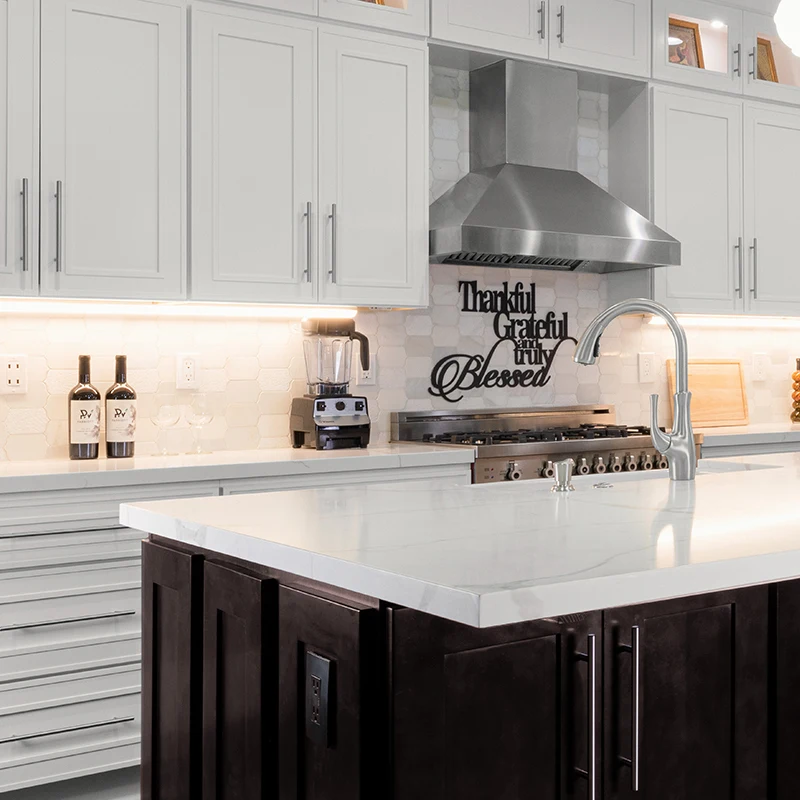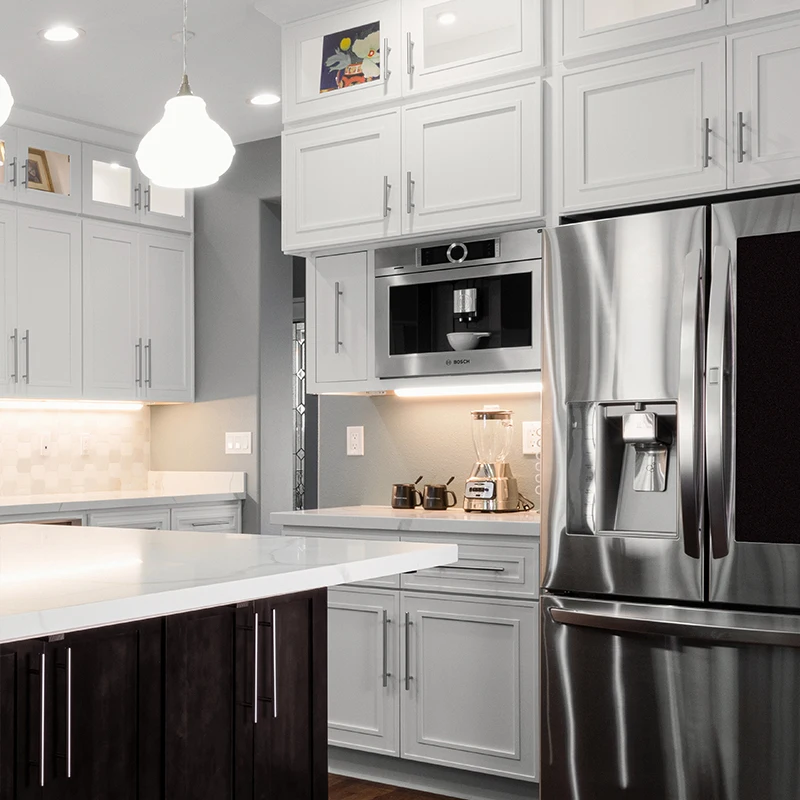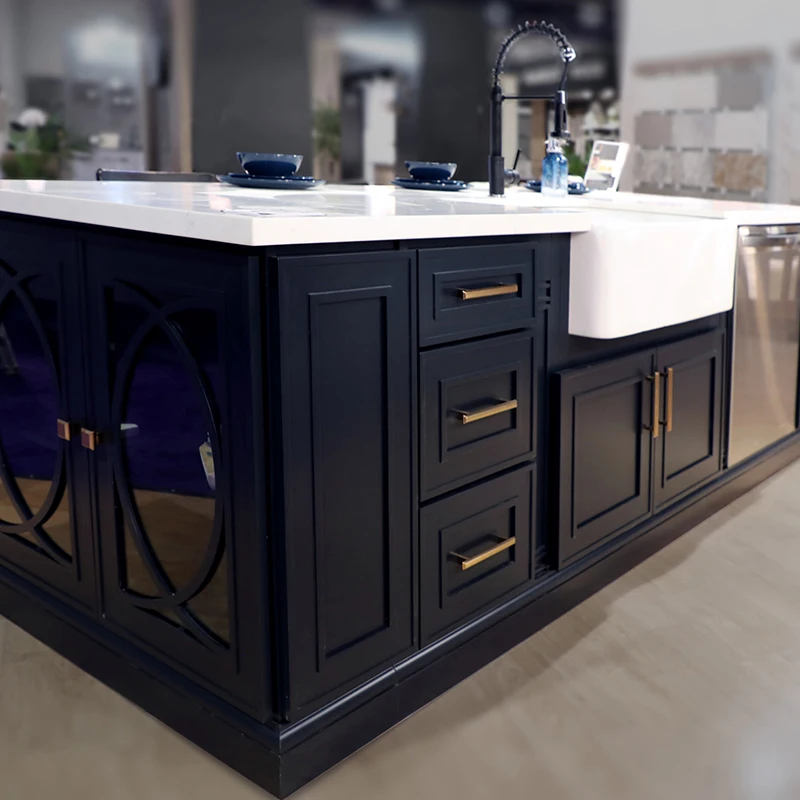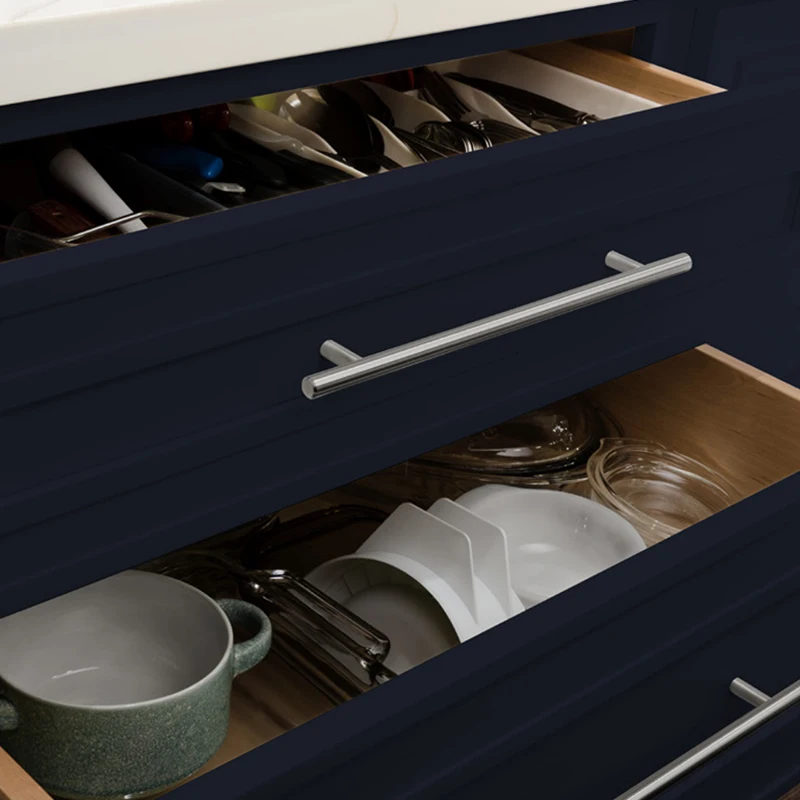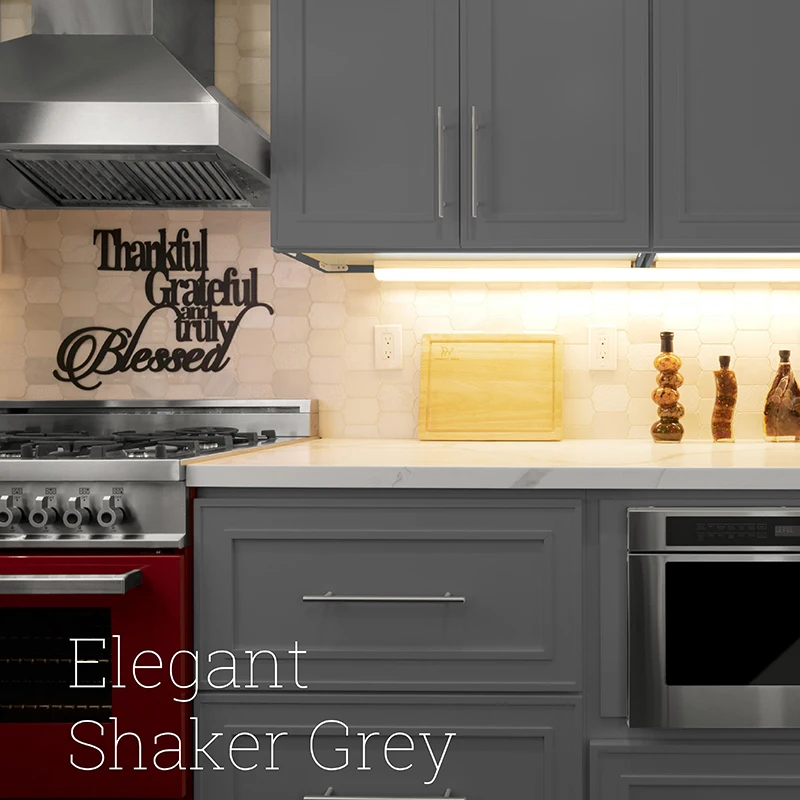Kitchen Cabinets: A Complete Guide for Homeowners in 2025
When it comes to home decor, kitchen cabinets play a crucial role in both functionality and aesthetics. Whether you're renovating your kitchen or building a new home, choosing the right cabinets can make all the difference. This guide covers everything from types and features to sourcing reliable options from China.
How to Find Reliable Kitchen Cabinets from China in 2025
China has become a leading manufacturer of high-quality kitchen cabinets at competitive prices. To find reliable suppliers, consider platforms like Alibaba, which list verified manufacturers with customer reviews. Look for suppliers with certifications like ISO 9001 and FSC, ensuring quality and sustainability.
What Buyers Should Know Before Buying Kitchen Cabinets from China
Before purchasing, check the material quality, lead times, and shipping costs. Many Chinese manufacturers offer customizable options, but ensure you have detailed measurements and specifications. Also, inquire about after-sales support and warranty policies.
Types of Kitchen Cabinets
1. Stock Cabinets: Pre-made and affordable, ideal for quick installations.
2. Semi-Custom Cabinets: Offer some customization options for a balanced price.
3. Custom Cabinets: Tailored to your exact needs but come at a higher cost.
Functions and Features of Kitchen Cabinets
Modern kitchen cabinets come with features like soft-close hinges, pull-out shelves, and built-in organizers. These enhance usability and maximize storage space. Materials range from solid wood to MDF, each offering different durability and aesthetics.
Scenarios of Kitchen Cabinets
Whether you have a small apartment or a large family home, the right cabinets can transform your kitchen. For compact spaces, consider wall-mounted cabinets to save floor space. Open shelving is trendy for modern, minimalist designs.
How to Choose Kitchen Cabinets
Start by assessing your budget and needs. Measure your kitchen layout accurately and decide on a style that complements your home decor. Don’t forget to factor in maintenance requirements—laminated surfaces are easier to clean than wood.
Kitchen Cabinets Q & A
Q: What’s the average lifespan of kitchen cabinets?
A: With proper care, they can last 15-20 years or more.
Q: Are Chinese kitchen cabinets durable?
A: Yes, many manufacturers use high-quality materials comparable to Western brands.
Q: Can I install kitchen cabinets myself?
A: While possible, professional installation ensures optimal fit and functionality.
Q: What’s the best material for humid climates?
A: Stainless steel or moisture-resistant MDF are excellent choices.
Q: How do I maintain my cabinets?
A: Regular cleaning with mild soap and avoiding harsh chemicals will keep them looking new.










